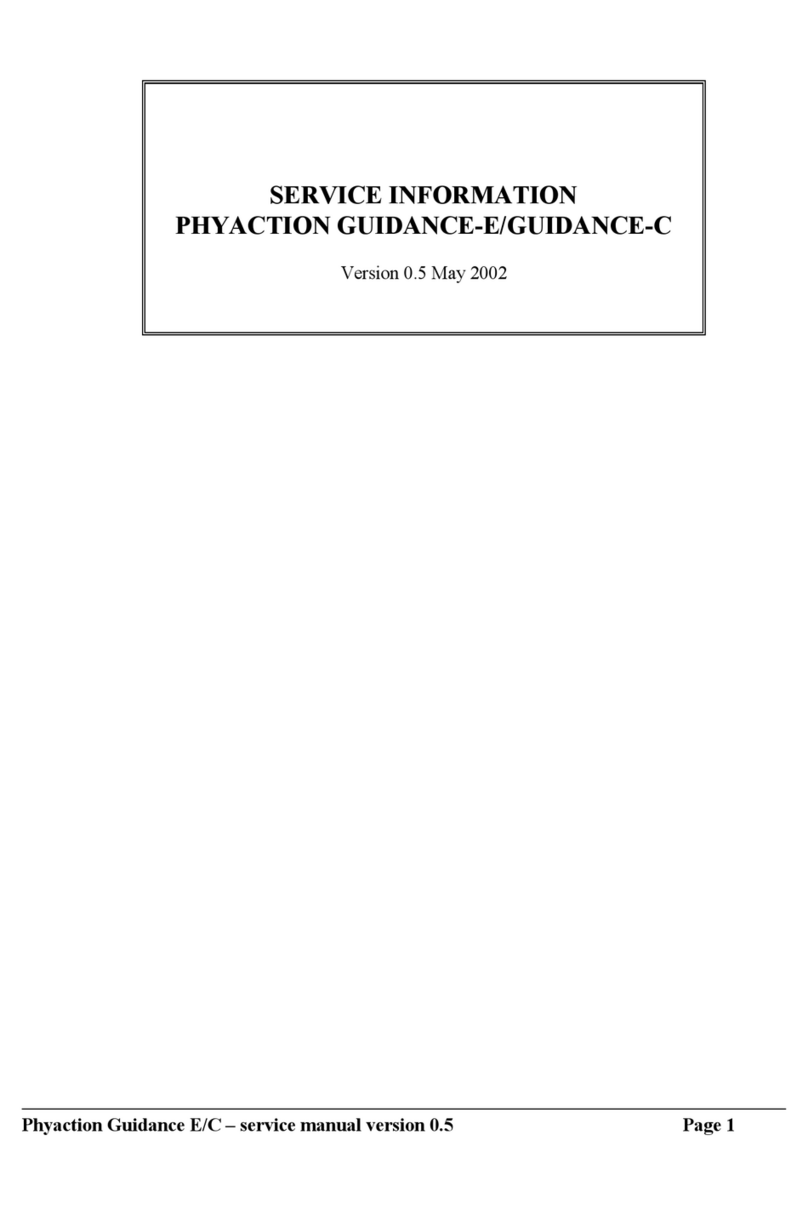
1. TABLE OF CONTENTS
1. TABLE OF CONTENTS ................................................................................................ 2
2. GENERAL INFORMATION ......................................................................................... 4
2.1 Introduction..........................................................................................................................4
2.2 Safety aspects.......................................................................................................................4
2.2.1 Electrical safety.............................................................................................................4
2.2.2 Explosion safety............................................................................................................4
2.2.3 Safety of use. ................................................................................................................4
2.2.4 Radio interference suppression and electromagnetic compatibility..............................4
2.2.5 Medical device directive (MDD) ..................................................................................5
2.3 Installation............................................................................................................................5
2.3.1 Incoming inspection......................................................................................................5
2.3.2 Mains voltage................................................................................................................5
2.3.3 Functional test...............................................................................................................5
2.3.4 Selecting the operating language. .................................................................................5
2.3.5 Location and transportation. .........................................................................................5
3. Technical specifications .................................................................................................. 6
3.1 Performance: ........................................................................................................................6
4. OPERATION .................................................................................................................. 7
4.1 General information. ............................................................................................................7
5. Yearly checkup and safety test........................................................................................ 8
5.1 Safety inspection..................................................................................................................8
5.2 Inspection interval................................................................................................................8
5.3 Inspection results..................................................................................................................8
5.3.2 General Functional Inspection ......................................................................................9
5.3.3 Functional Inspection Shortwave therapy.....................................................................9
5.3.4 Electrical Safety Test According to IEC 601.1.............................................................9
5.3.5 Result of safety inspection..........................................................................................10
6. Circuit description......................................................................................................... 11
6.1 Block diagram. ...................................................................................................................11
6.2 ...................................................................................................................................................11
6.3 Mains power and mains transformer..................................................................................11
6.4 Power supply (A100). ........................................................................................................12
6.5 Transistor power generator. ...............................................................................................12
6.5.1 The quartz stable generator.........................................................................................12
6.5.2 The level control circuit..............................................................................................12
6.5.3 The amplification circuits. ..........................................................................................12
6.5.4 Impedance matching and filter circuits.......................................................................13
6.5.5 Power and mismatching meter....................................................................................13
6.5.6 Setpoint and actual value comparator.........................................................................14
6.5.7 Channel switch PCB. ..................................................................................................14
7. System diagnostics software ......................................................................................... 15
7.1 The service screens. ...........................................................................................................16
7.2 Measuring point 6 ..............................................................................................................17
7.3 Measuring point 7 ..............................................................................................................17
7.4 Measuring point 8 ..............................................................................................................17
7.5 Measuring point 9 ..............................................................................................................17
7.6 Measuring point 10 ............................................................................................................18
7.7 Measuring point 11 ............................................................................................................18
Page 2




























